Normal ECG (NORM)
A normal ECG (NORM) is a reading of an electrocardiogram that shows the heart's electrical activity is within a normal range. A normal ECG can be used to rule out certain cardiac conditions or to establish a baseline for future comparison.
When reviewing a normal ECG, the waveform should show a regular sinus rhythm, with normal P wave morphology, normal PR interval duration, normal QRS complex duration, and normal T wave morphology. The heart rate should fall within the normal range for the patient's age.
- Look for a regular sinus rhythm
- Check for normal P wave morphology
- Observe normal PR interval duration
- Check normal QRS complex duration
- Examine normal T wave morphology
- Verify the heart rate falls within the normal range for the patient's age
If a normal ECG is identified, it is important to review the patient's medical history and any other relevant tests to ensure that there are no underlying conditions or risk factors that may require further evaluation or treatment.
example 1:
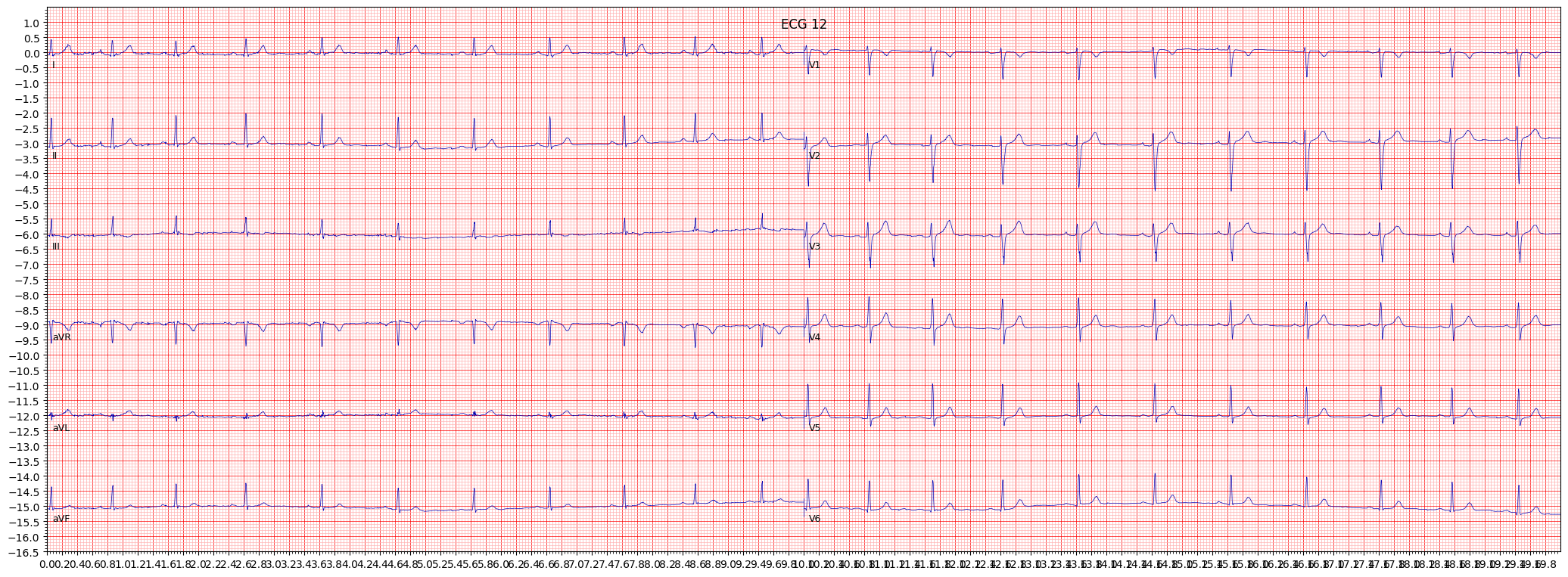 example 2:
example 2:
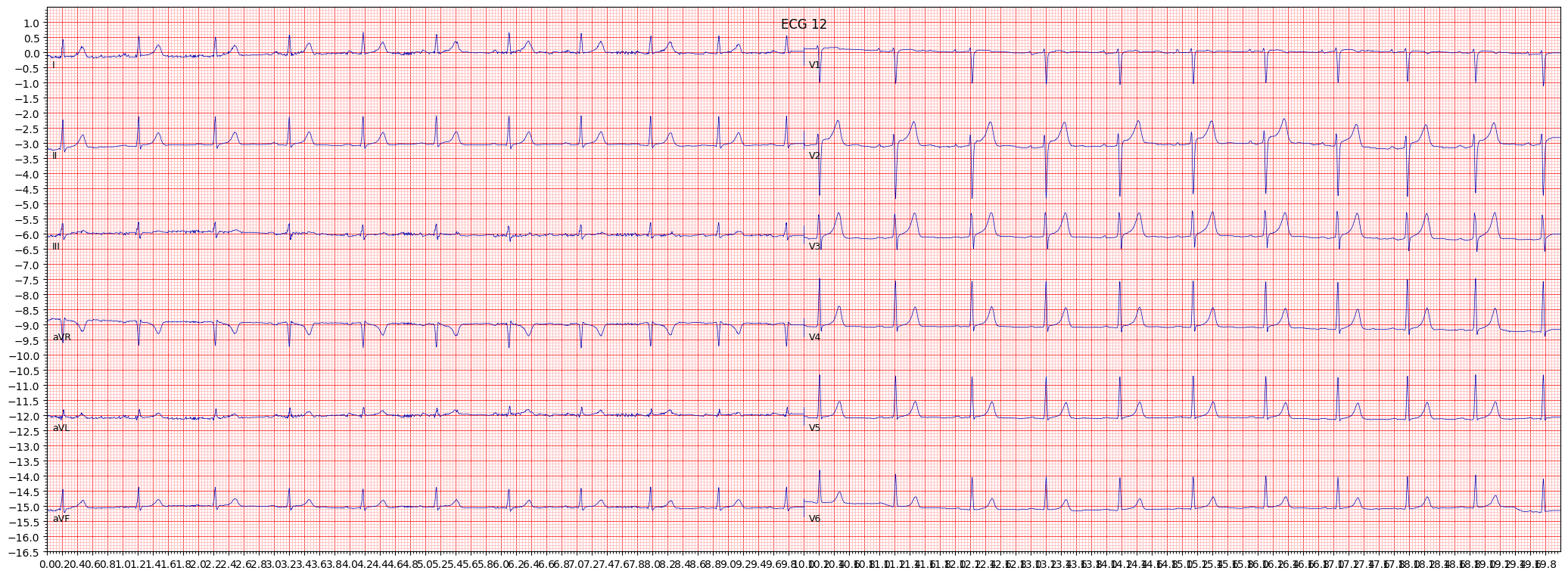 example 3:
example 3:
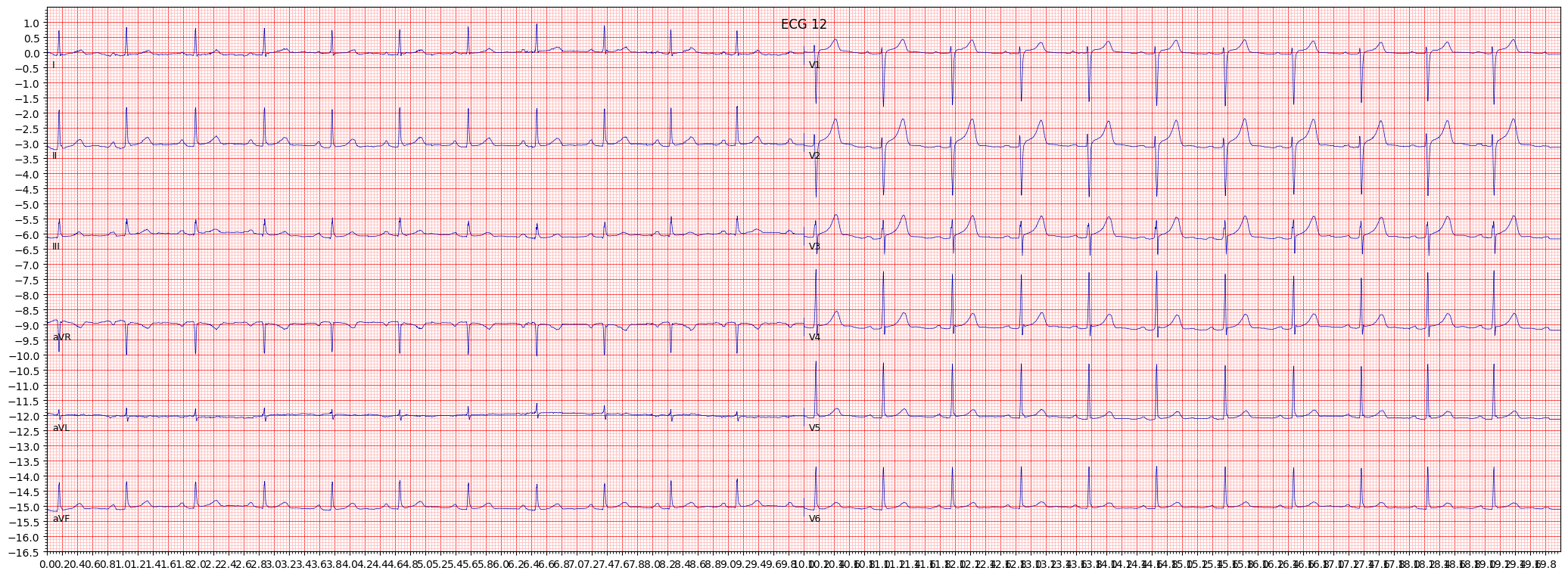 example 4:
example 4:
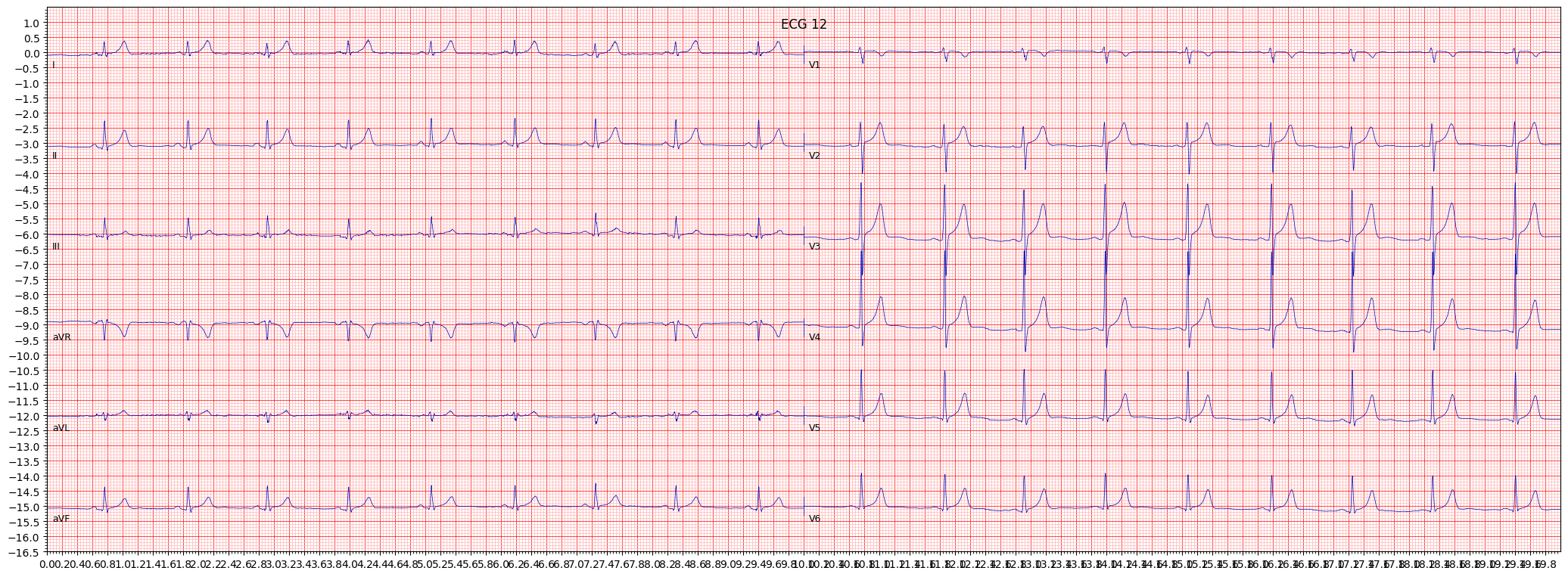 example 5:
example 5:
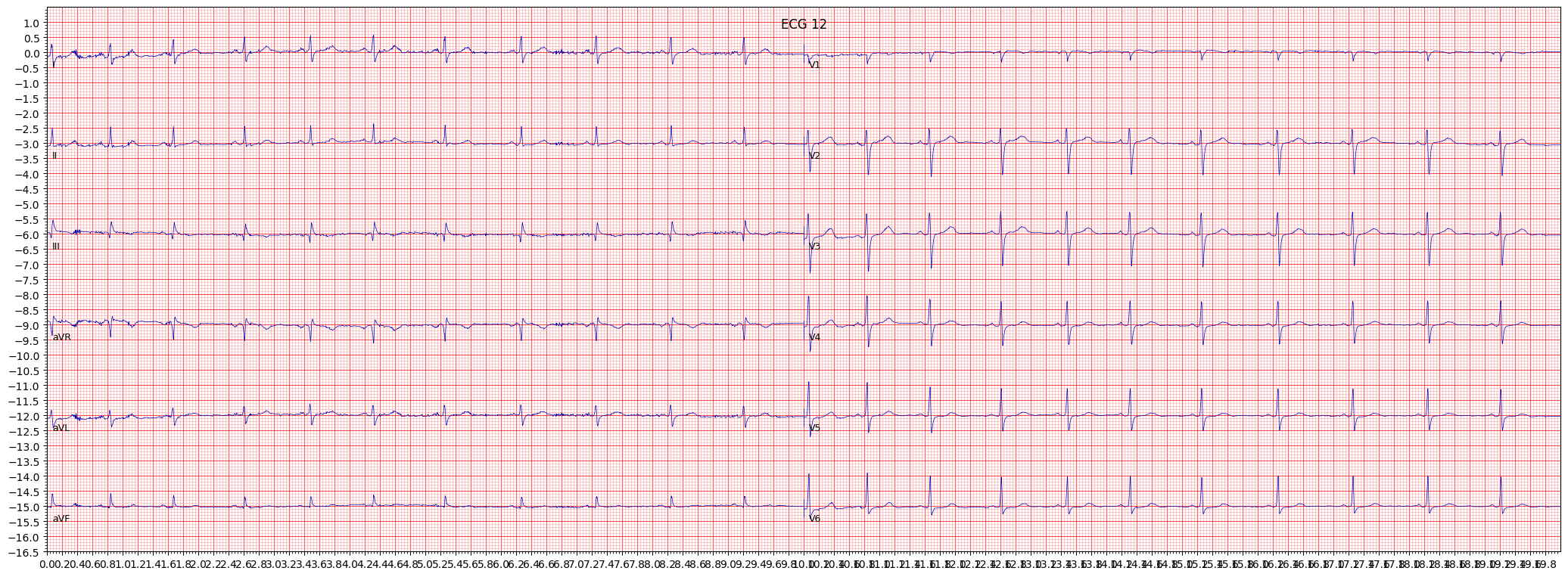 example 6:
example 6:
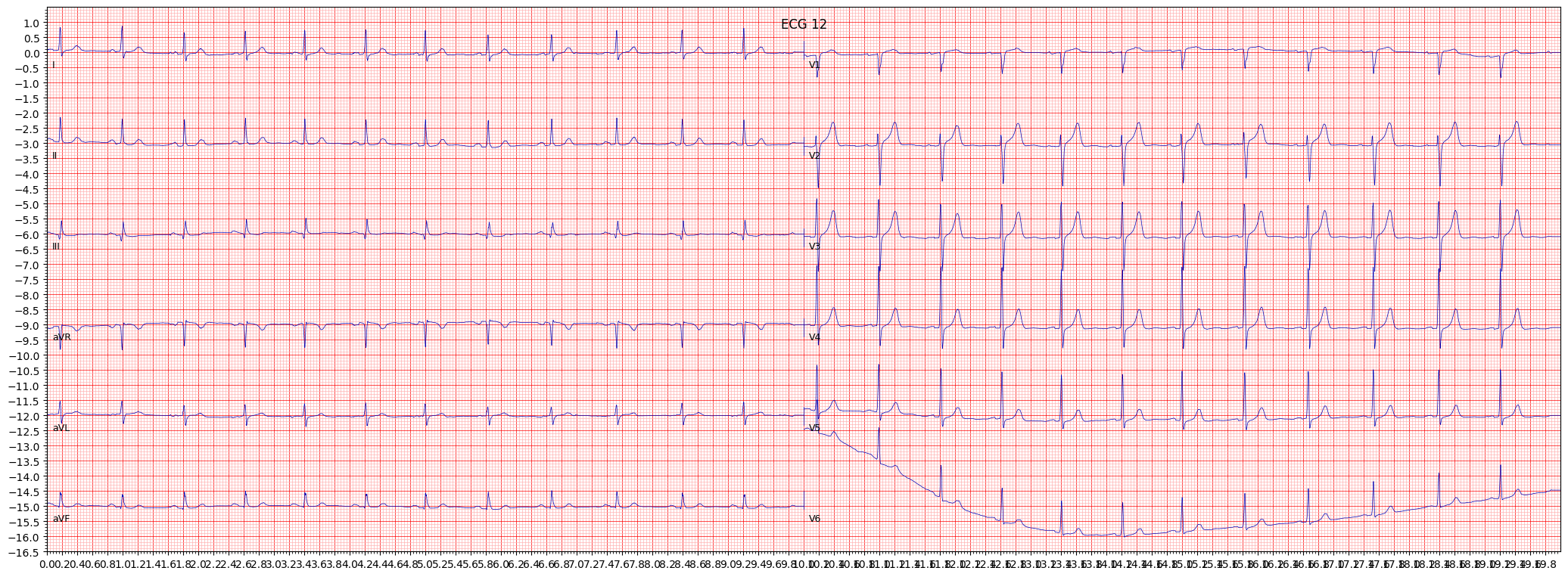 example 7:
example 7:
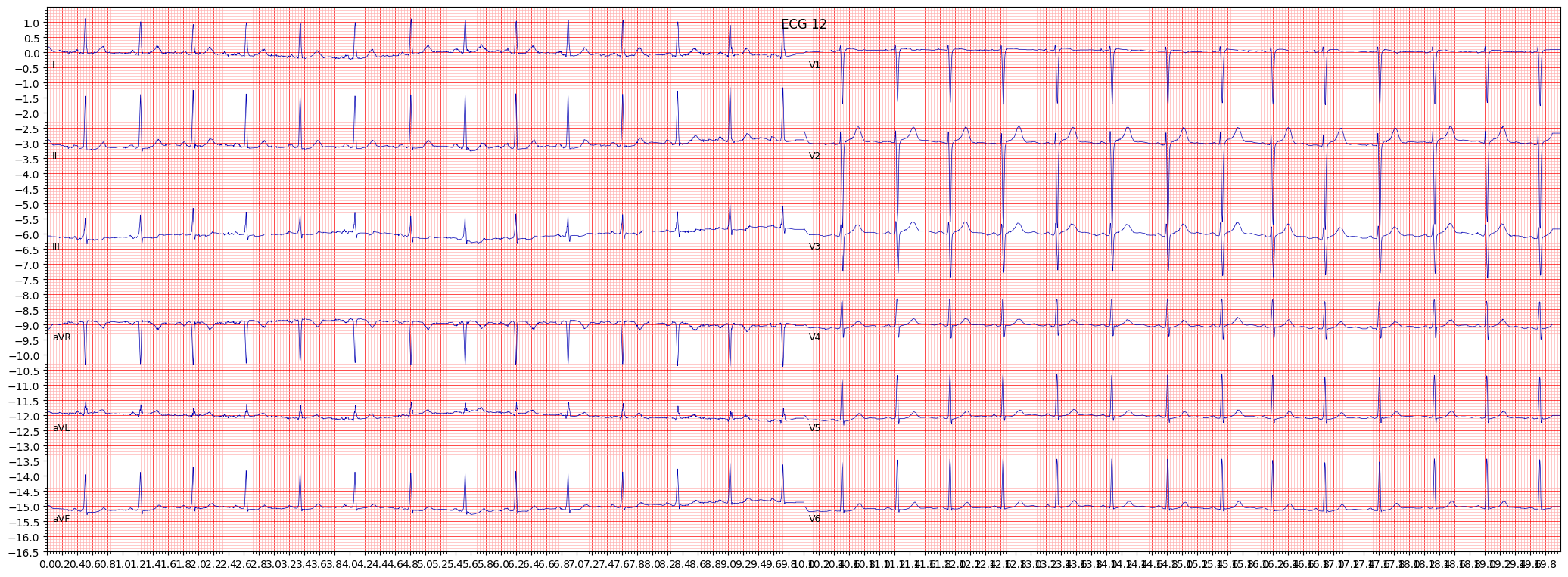 example 8:
example 8:
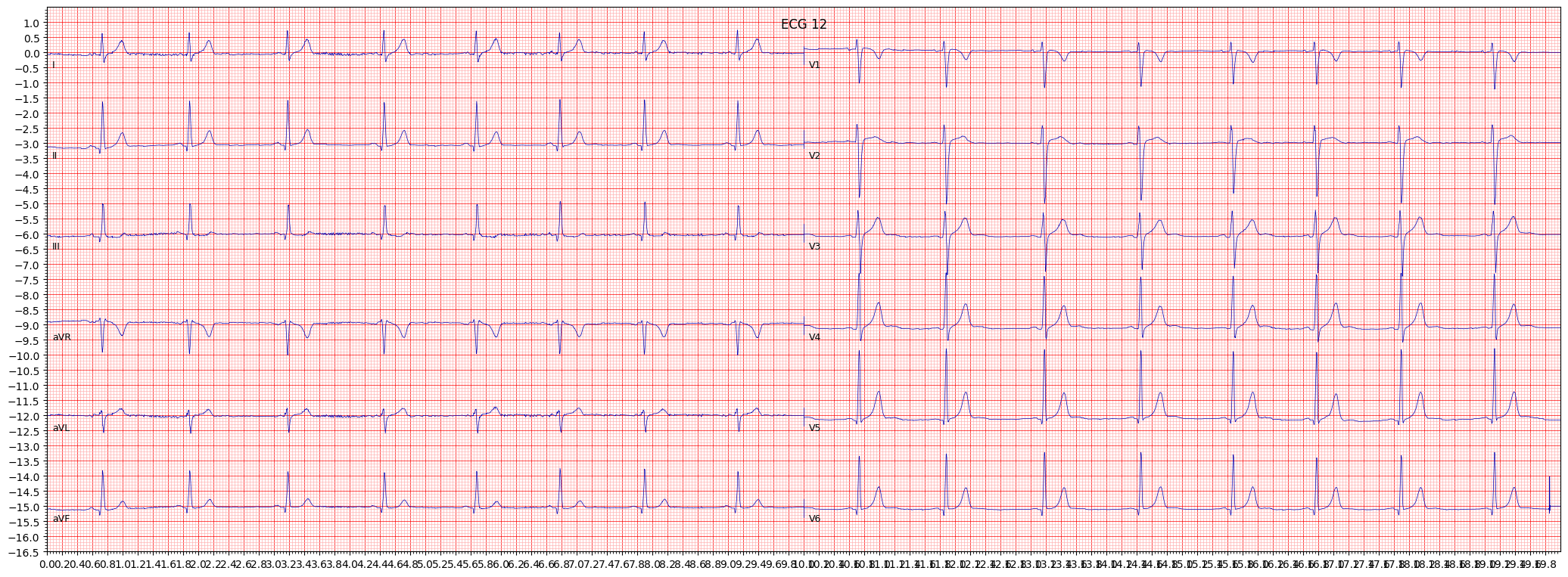 example 9:
example 9:
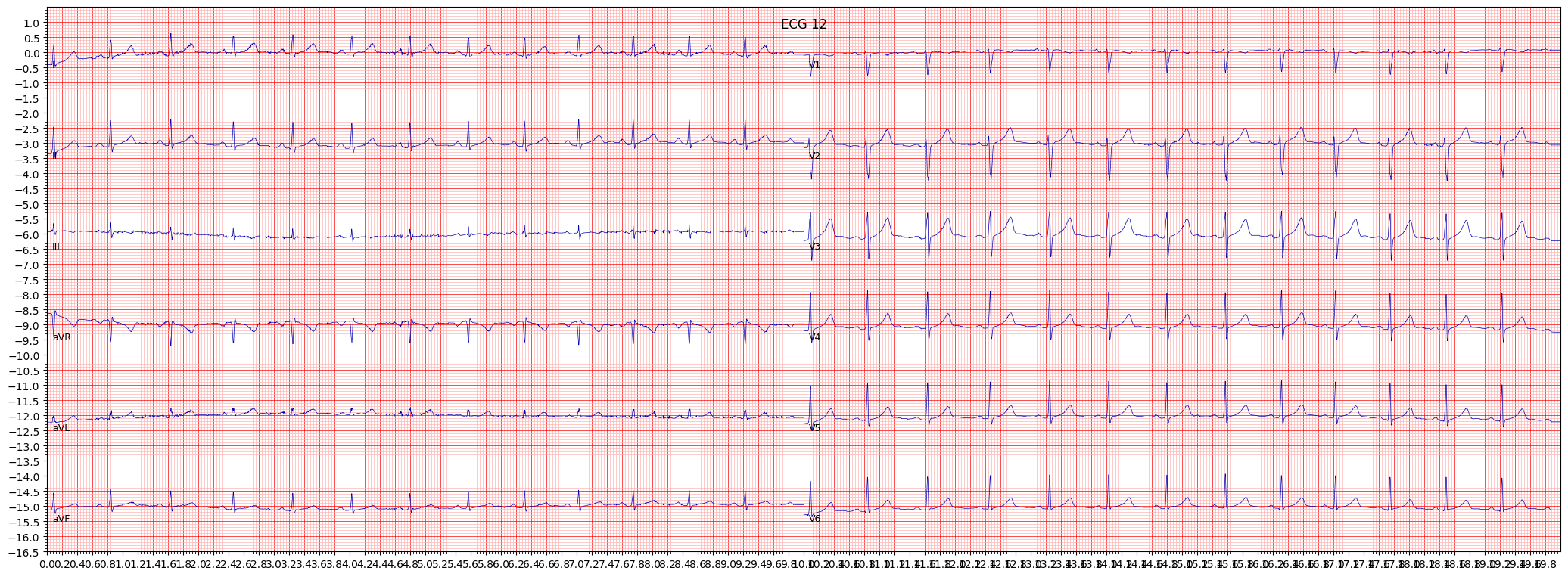 example 10:
example 10:
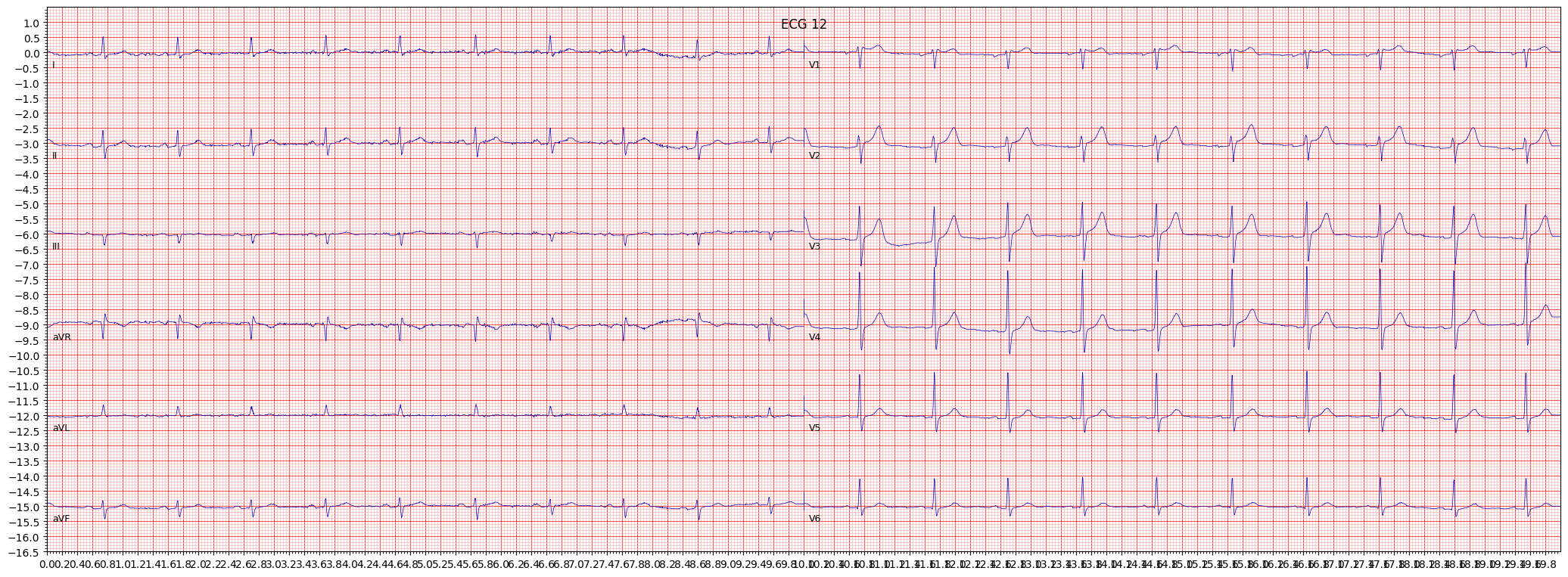
 example 2:
example 2:
 example 3:
example 3:
 example 4:
example 4:
 example 5:
example 5:
 example 6:
example 6:
 example 7:
example 7:
 example 8:
example 8:
 example 9:
example 9:
 example 10:
example 10:
